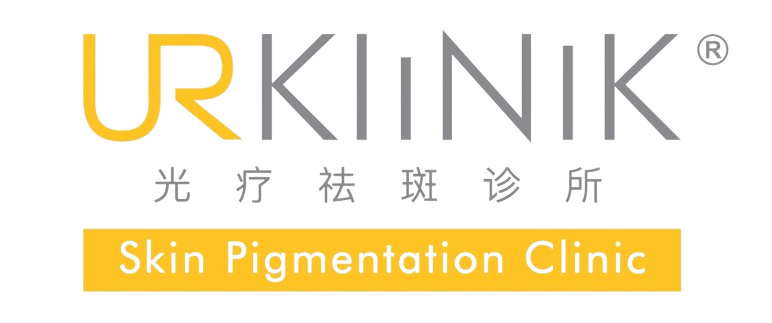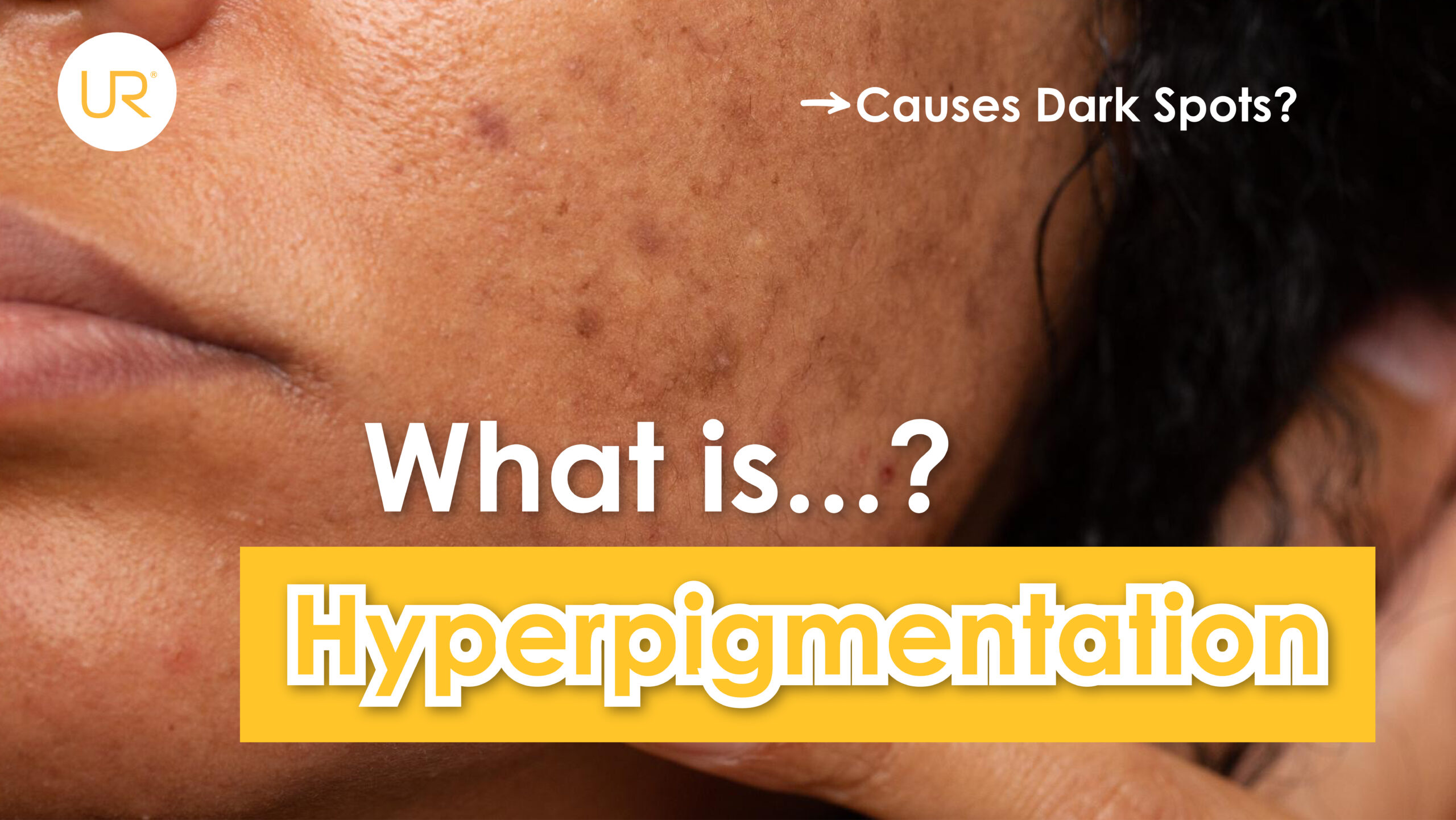
02 Aug What is Hyperpigmentation? What Causes Dark Spots on Your Skin?
What is Hyperpigmentation? What Causes Dark Spots on Your Skin?
Hyperpigmentation or dark spots on the skin is a common skin condition. It is usually harmless.
To effectively prevent and remove dark spots and pigmentation, the first thing we have to do is take the initiative to understand what hyperpigmentation is and what causes dark spots on your skin.
Understanding Melanocytes
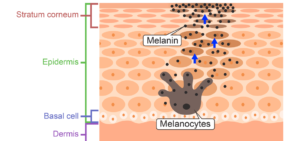
There is a special kind of cell in our skin called melanocytes , it’s function is to produce melanin. Melanin determines the colour of our hair, eyes, and skin. Pigmentation, dark spots and moles that grow on our skin are also closely related to melanin.
When we are exposed to the sun, the sun’s ultraviolet rays will stimulate the melanocytes cells in our body, leading to the production of melanin. This explains why some people get darker and darker after getting too much sun.
Generally, melanin is evenly distributed on our skin, it is the pigment that determines our skin colour. Normally, the common cause of hyperpigmentation is an excess production of melanin.
There are a few different conditions or factors that can cause melanocytes to continuously produce and accumulate melanin in a certain part of the skin.
When these melanin continue to gather in the same part, dark spots or pigmentations are formed. Over time, these pigmentation will have two changes:
√ the colour of pigmentation may become deeper and deeper
√ affected pigmentation area may become larger and larger
3 stages of hyperpigmentation
Let’s take a look at the 3 stages of hyperpigmentation:
1st stage, the latent period. The production of a large amount of melanin will form hyperpigmentation, but at this moment they will only be hidden in the bottom layer of your skin, which is invisible to our naked eyes.
2nd stage, the formation stage. When the pigmentation will gradually move up to the stratum corneum of our skin.
When entering the 3rd stage, a large number of melanin spots accumulate on the surface of our skin, and these spots can be clearly seen with the naked eye.
What causes excess production of melanin?
- Genetics
- Dry Skin
- Skin Aging
- Hormonal Imbalance
What is the best treatment to remove pigmentation?
Pigmentation removal can be divided into 2 methods, the first is the non-laser method. It is actually quite easy to find many skin care products for whitening and pigmentation removal.
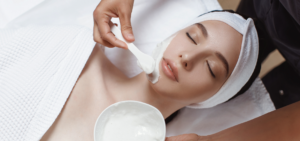
Generally, these skin care products use fruit acids (AHA) to speed up the peeling process of our skin, and our pigmentation will look lighter after the peeling. However, skin care products containing fruit acids (AHA) may cause other skin problems such as sensitivity and dryness.
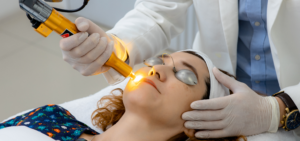
The second treatment of pigmentation is the Light Therapy or Laser Pigmentation Removal treatment. Light Therapy is actually a kind treatment utilising different wavelengths of light, which we also call lasers.
We often misunderstood that laser treatment uses a type of light to remove all kind of pigmentations. But in fact, Light Therapy effectively utilizes different wavelengths to target different pigmentation problems.
A professional Light Therapist should know your skin conditions, types of pigmentation (Freckles, Melasma, Age spots or Ota Nevus-like Spots) and the layer of pigmentation (Surface or Deep spots) before providing you the best pigmentation treatment.
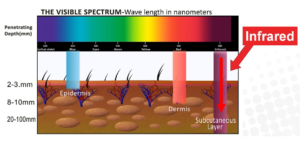
The principle of Light Therapy Pigmentation Treatment is Selective Photothermolysis. This advanced Light Therapy technology only targets melanin.
When light is absorbed by the melanin, the light energy is converted into heat energy. After that, the thermal energy will decompose the targeted melanin into smaller molecules. Finally, the body’s immune system cells such as white blood cells or metabolism will digest these small molecules.
After a few weeks, your pigmentation will gradually become lighter and even disappear. Different kind of pigmentations have different absorption rates for different light wavelengths.
This explains why we need to use different laser settings to remove different kind of pigmentations. Incorrect use of laser treatment may lead to skin damage. Remember to consult a pigmentation expert or aesthetic professional for the best treatment result.
If you enjoyed this post, please share it with a friend who you think might find it helpful too. Thanks for reading!
At UR Klinik, experience effective pigmentation treatment in Malaysia through light therapy, rejuvenating your skin and addressing concerns such as melasma, hyperpigmentation, and dark spots.
